Description
Welcome to the aromatic world of spice pairings! In this article, we dive into a deliciously spiced-up recipe for baked apple cider donuts, while exploring how to elevate their flavor through scientifically informed spice chemistry. Whether you're a home baker seeking to move beyond basic recipes or a flavor enthusiast exploring culinary creativity, this guide delivers actionable techniques for creating fall-flavored masterpieces with balanced, innovative combinations.
Table of Contents
- Introduction
- Why Spices Matter in Baking
- The Flavor Chemistry Behind Perfect Pairings
- The Basic Recipe for Baked Apple Cider Donuts
- 10 Innovative Spice Pairings to Try
- Pro Tips for Perfect Baked Donuts Every Time
- Spice Comparison Table
- Frequently Asked Questions
- Conclusion
Intro: The Magic of Spices and Fall Flavors
There’s something nostalgic about the smell of cinnamon wafting through the kitchen during autumn. But why stop at the basics? Our recipe for baked apple cider donuts is not just about cozy vibes — it's a canvas for culinary creativity grounded in flavor science. By understanding molecular interactions between spices, you can transform this classic treat from predictable to extraordinary while maintaining perfect balance.
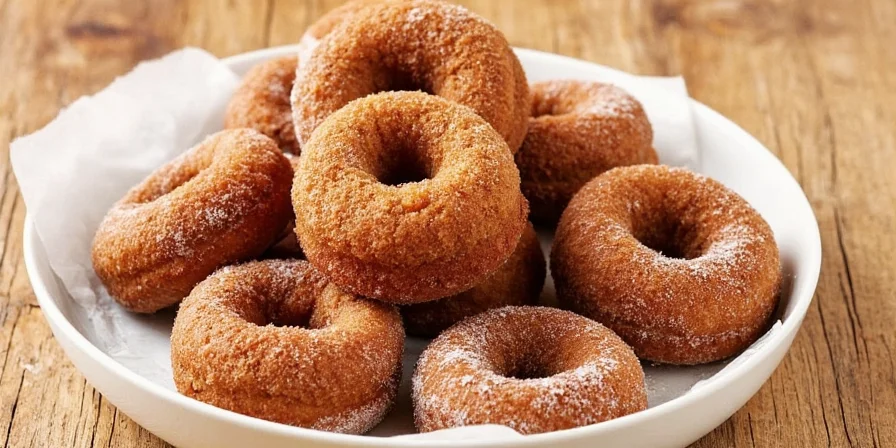
Why Spices Matter in Baking
Spices are molecular storytellers, each contributing distinct compounds that interact with our senses. Understanding their chemical profiles enables precise flavor engineering:
- Cinnamon: Contains cinnamaldehyde (warm, sweet notes)
- Nutmeg: Rich in myristicin (earthy, complex depth)
- Allspice: Mimics multiple compounds (eugenol from cloves + cinnamaldehyde)
- Ginger: Features zingiberene (bright, peppery kick)
- Cardamom: Dominated by cineole (floral, citrus undertones)
Strategic pairing leverages shared compounds to create harmony—like how cardamom's cineole complements orange zest's limonene—elevating your baked apple cider donuts beyond traditional profiles.
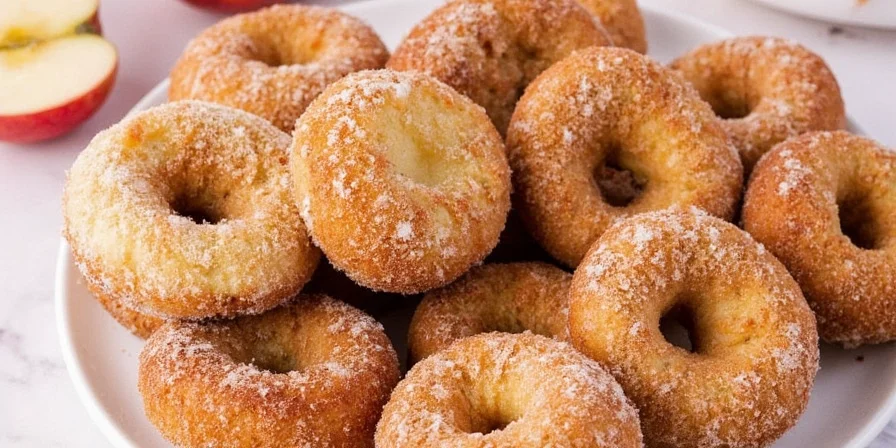
The Flavor Chemistry Behind Perfect Pairings
True innovation stems from understanding volatile compound interactions. Spices sharing key molecules create seamless flavor bridges—like cinnamon and cardamom both containing eugenol, which explains their Scandinavian baking synergy. Conversely, contrasting compounds (e.g., black pepper's piperine with maple's vanillin) generate exciting tension without clashing.
Cultural traditions often align with these principles: Indian chai blends leverage cardamom's cineole with ginger's zingiberene, while Mexican mole uses chocolate's theobromine to balance cinnamon's warmth. When developing your baked apple cider donuts, prioritize pairings with either shared dominant compounds (for harmony) or complementary contrasts (for complexity), always starting with the apple's natural malic acid profile as your foundation.
The Basic Recipe for Baked Apple Cider Donuts
Before exploring advanced combinations, master this foundational recipe optimized for spice integration. Note: Reducing apple cider by half concentrates flavor compounds for better spice adhesion.
Ingredients
- 2 cups all-purpose flour
- 1 tsp baking powder
- ½ tsp baking soda
- ¼ tsp salt
- 1 tsp ground cinnamon
- 1 tbsp grated orange zest (for brightness)
- ⅔ cup reduced unsweetened apple cider (simmer 1⅓ cups to ⅔ cup)
- ⅓ cup vegetable oil or melted coconut oil
- ⅓ cup maple syrup or honey
- 1 egg
Instructions
- Preheat oven to 350°F (175°C). Grease or line a donut pan with nonstick spray.
- In a large bowl, mix dry ingredients (flour, baking powder, baking soda, salt, cinnamon).
- In another bowl, whisk together wet ingredients (apple cider, oil, maple syrup, egg, orange zest).
- Add wet ingredients to the dry and stir until just combined.
- Spoon batter into the prepared donut pan, filling each cavity about ¾ full.
- Bake for 13–15 minutes or until a toothpick inserted comes out clean.
- Let cool slightly, then remove from the pan and glaze or sprinkle with spices as desired.
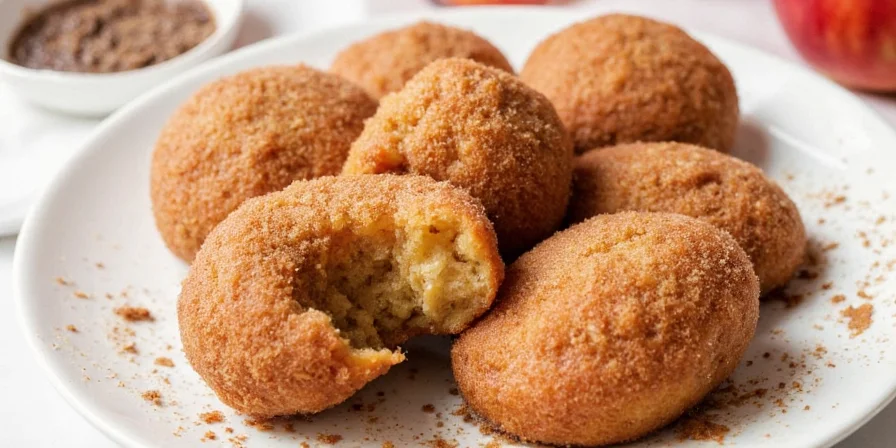
10 Innovative Spice Pairings to Try
Move beyond intuition with these compound-tested combinations. Each pairing considers molecular compatibility with apple's ester profile:
- Cinnamon + Cardamom: Shared eugenol creates seamless warmth. Ratio: 3:1
- Ginger + Allspice: Zingiberene meets eugenol for layered depth. Use allspice sparingly.
- Nutmeg + Clove: Myristicin and eugenol synergy—ideal for holiday baking. Max ¼ tsp clove.
- Fennel Seeds + Orange Zest: Anethole complements limonene. Toast fennel first for best results.
- Pumpkin Pie Spice Blend: Pre-mixed compound harmony. Boost with extra ginger.
- Mace + Vanilla Bean: Mace's myrcene enhances vanillin. Use ⅛ tsp mace per 1 tsp vanilla.
- Anise + Cinnamon: Anethole and cinnamaldehyde blend smoothly. Ideal for iced donuts.
- Turmeric + Ginger: Curcumin and zingiberene create earthy warmth. Add pinch of black pepper.
- Black Pepper + Maple Syrup Glaze: Piperine amplifies vanillin's sweetness. ⅛ tsp max.
- Smoked Paprika + Cinnamon: Capsaicin derivatives balance cinnamaldehyde. Use sweet paprika.
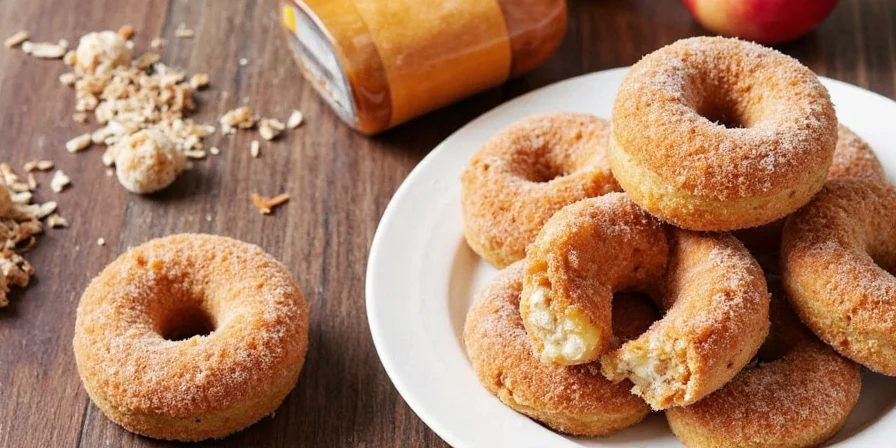
Pro Tips for Perfect Baked Donuts Every Time
- Don’t overmix: Overmixing develops gluten—mix until just combined for tender crumb.
- Use room temperature egg: Ensures even emulsification and texture.
- Bake immediately after mixing: Delayed baking degrades leavening agents.
- Line the pan carefully: Nonstick surfaces still benefit from light greasing.
- Glaze while warm: Warm donuts absorb glaze without sogginess.
- Store with apple slices: Natural ethylene keeps donuts moist longer.
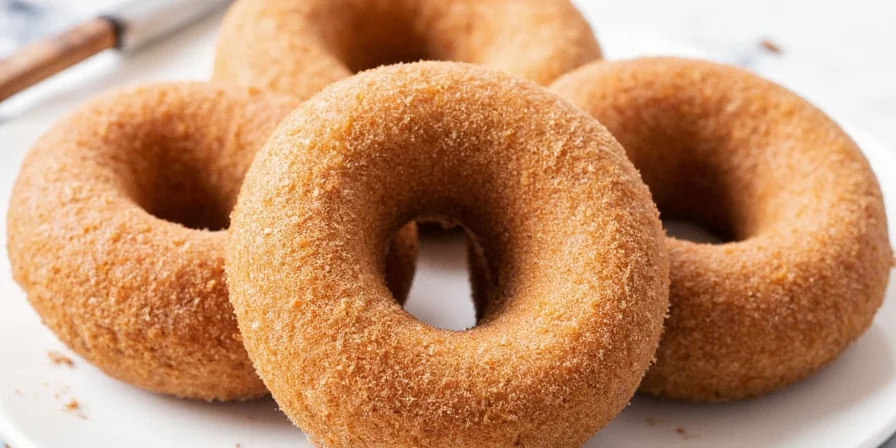
Spice Comparison Table
| Spice | Key Compound | Best Pairing Partners | Optimal Quantity |
|---|---|---|---|
| Cinnamon | Cinnamaldehyde | Apple, cardamom, vanilla | 1 tsp per batch |
| Nutmeg | Myristicin | Pumpkin, mace, dairy | ½ tsp max |
| Cardamom | Cineole | Orange, ginger, honey | ½ tsp max |
| Ginger | Zingiberene | Molasses, pear, turmeric | ¾ tsp max |
| Black Pepper | Piperine | Maple, dark chocolate, paprika | ¼ tsp max |
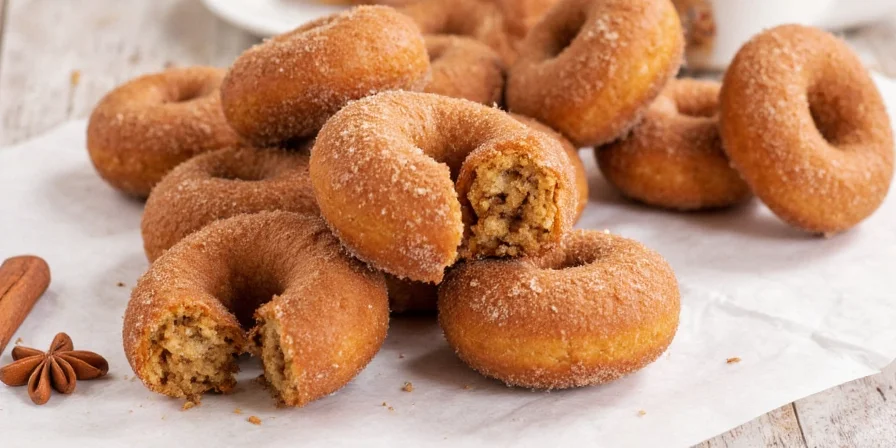
Frequently Asked Questions
Can I substitute fresh apple juice for apple cider?
Yes, but reduce fresh juice by half on the stove first. Cider's unfiltered solids contain pectin and tannins that interact with spice compounds—reduction concentrates these for better flavor integration.
How do I prevent spices from overpowering the apple flavor?
Start with ¼ the recommended spice amount. Apple's malic acid profile is delicate—build intensity gradually. Always pair earthy spices (nutmeg, clove) with citrus zest to maintain brightness.
Which spice pairings work best for gluten-free versions?
Focus on cardamom-ginger or cinnamon-vanilla. Gluten-free flours lack protein to bind spice compounds—these pairings leverage shared volatile molecules that adhere better to alternative flours.
Why does black pepper enhance sweetness in spice blends?
Piperine in black pepper temporarily suppresses bitter receptors, amplifying perceived sweetness. Use ⅛ tsp in maple glazes to make sugar notes more pronounced without added sugar.
Conclusion: Precision Pairing for Flavor Transformation
Your recipe for baked apple cider donuts becomes a laboratory for flavor science when approached through compound interactions. By prioritizing molecular compatibility—whether through shared dominant compounds or strategic contrasts—you create balanced innovations that feel intuitively right. The key isn't just novelty, but understanding why certain spices harmonize, allowing you to confidently experiment beyond our 10 pairings.
Remember: Great baking combines art and science. Measure spices precisely, respect the apple's natural profile, and let compound chemistry guide your creativity. Your kitchen will smell like autumn wonderland, and your donuts will deliver complexity that surprises even seasoned palates.
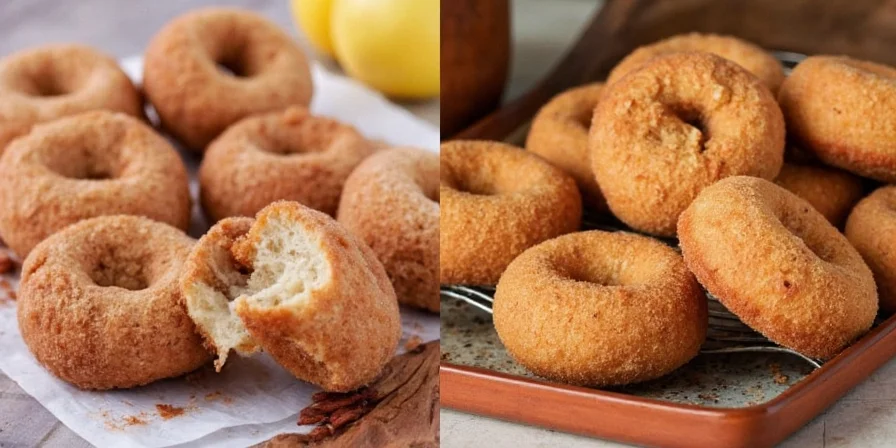

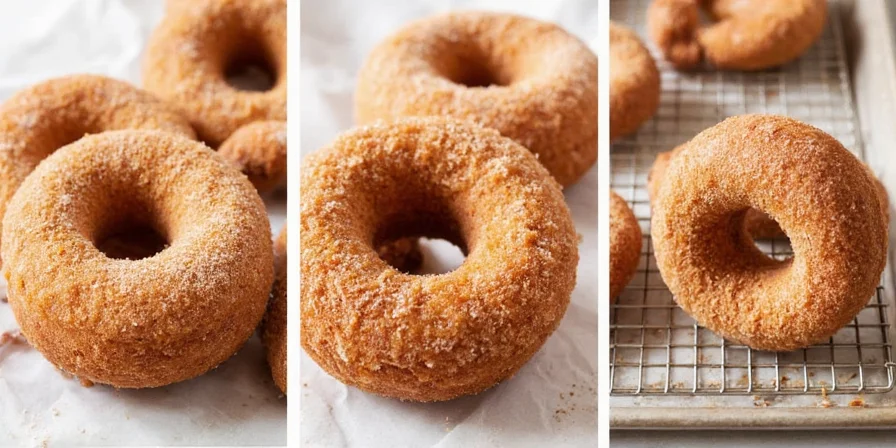









 浙公网安备
33010002000092号
浙公网安备
33010002000092号 浙B2-20120091-4
浙B2-20120091-4